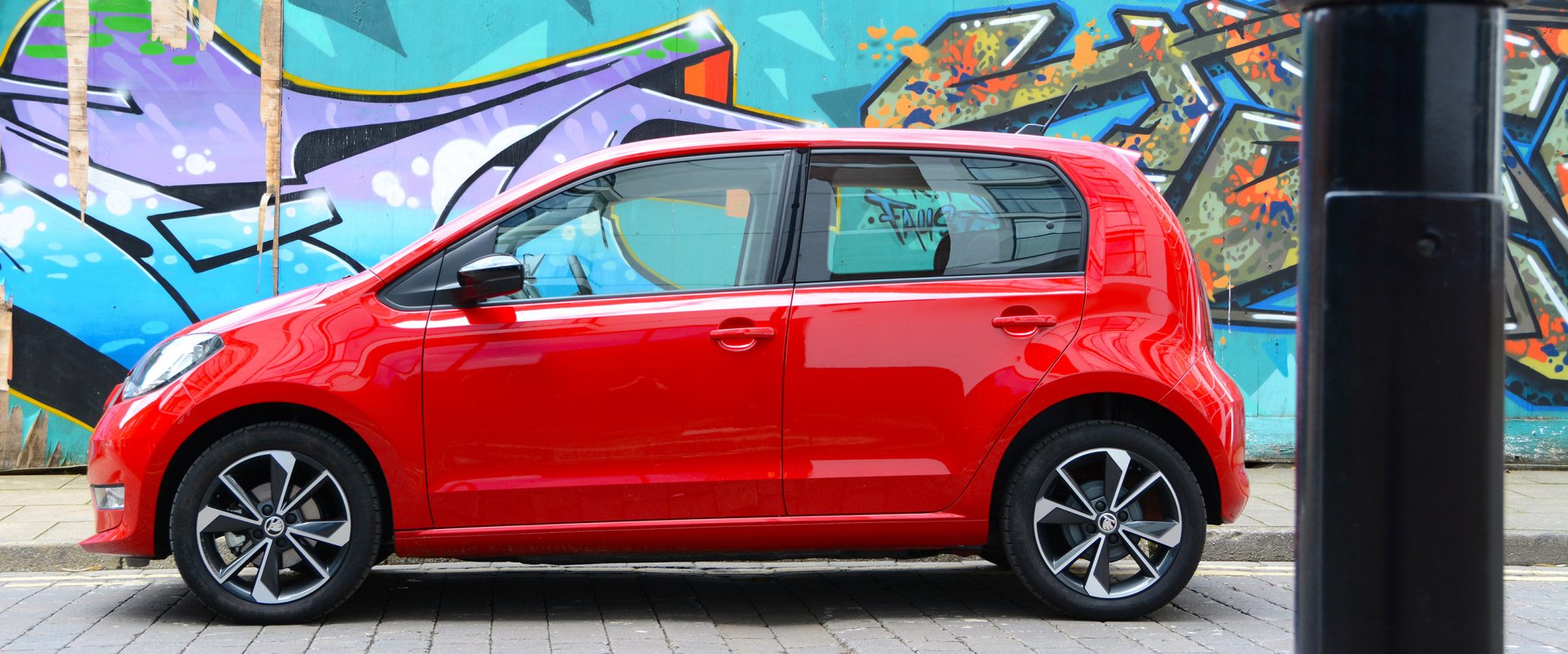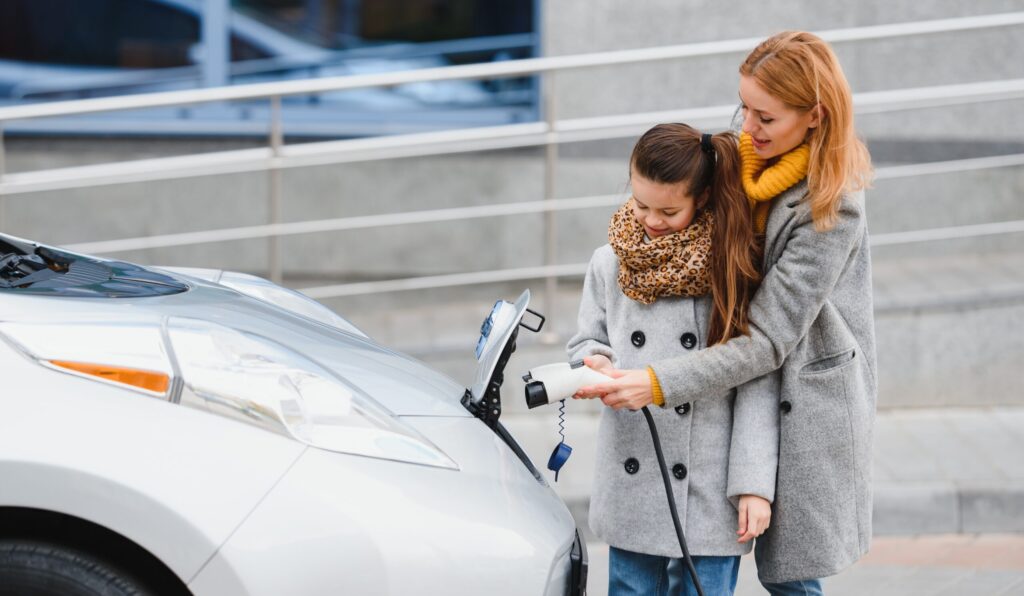

While more and more of us are buying electric cars due to the many benefits they offer, with BEVs accounted for one in five new cars registered in 2024, this surge was primarily driven by fleets and business buyers, as only one in ten private buyers opted for an EV last year. (figures from the SMMT)
Encouragingly, our latest survey found 9 in 10 EV drivers would not return to petrol and diesel, meaning the vast majority of owners are seeing the real benefits of zero-emissions driving.
Clearly, the Government must play its part in ensuring EVs are made as affordable as possible for drivers of all incomes, whilst continuing to oversee that the whole EV ecosystem is ready for an electric future.
By giving EV drivers a voice, EVA England is here to ensure that there are policies and infrastructure in place to support this transition and encourage more people to go electric.
When EVA England refers to ‘Electric Vehicles’ this means cars and vans (up to 3.5 tonnes) that have an electric motor powered by a battery or that can be plugged in.
There are three different types of Electric Vehicles:
Whether its a budget car, a luxury saloon car or an all electric SUV, there’s an EV to suit all drivers’ needs and budgets.
EVs have 90% fewer moving parts than an ICE (Internal Combustion Engine) car. The more parts you have, the more parts will require maintenance and eventually replacement. This is one of the reasons that EVs are less expensive to own over time.
Here’s some of the components that keep an EV moving:
Most EV owners charge their cars through chargepoints installed at home or at workplace locations, which are estimated to be more than 680,000, but that’s not always possible.

Thankfully, there is an ever-expanding public charging infrastructure: according to Zapmap, as of the end of September 2024, there were over 70,434 electric vehicle charging points across the UK, across 35,810 charging locations (a 41% increase in the total number of charging devices since September 2023).
The charging network is made up of different types of charge points for different use cases, from high speed en-route chargers and charging hubs to destination chargers and on-street provision: the 4 speeds or power ratings are defined as slow (3-6kW), fast (7-22kW), rapid (25-99kW) and ultra-rapid (100kW+).
The latest public rapid charge points can provide a 0-80% charge for many EVs – equating to around 200 miles in some cases – in around 30 minutes. However, bear in mind that regardless of the power of the charger itself, your EV will only be able to charge at the maximum rate of its charging capability.